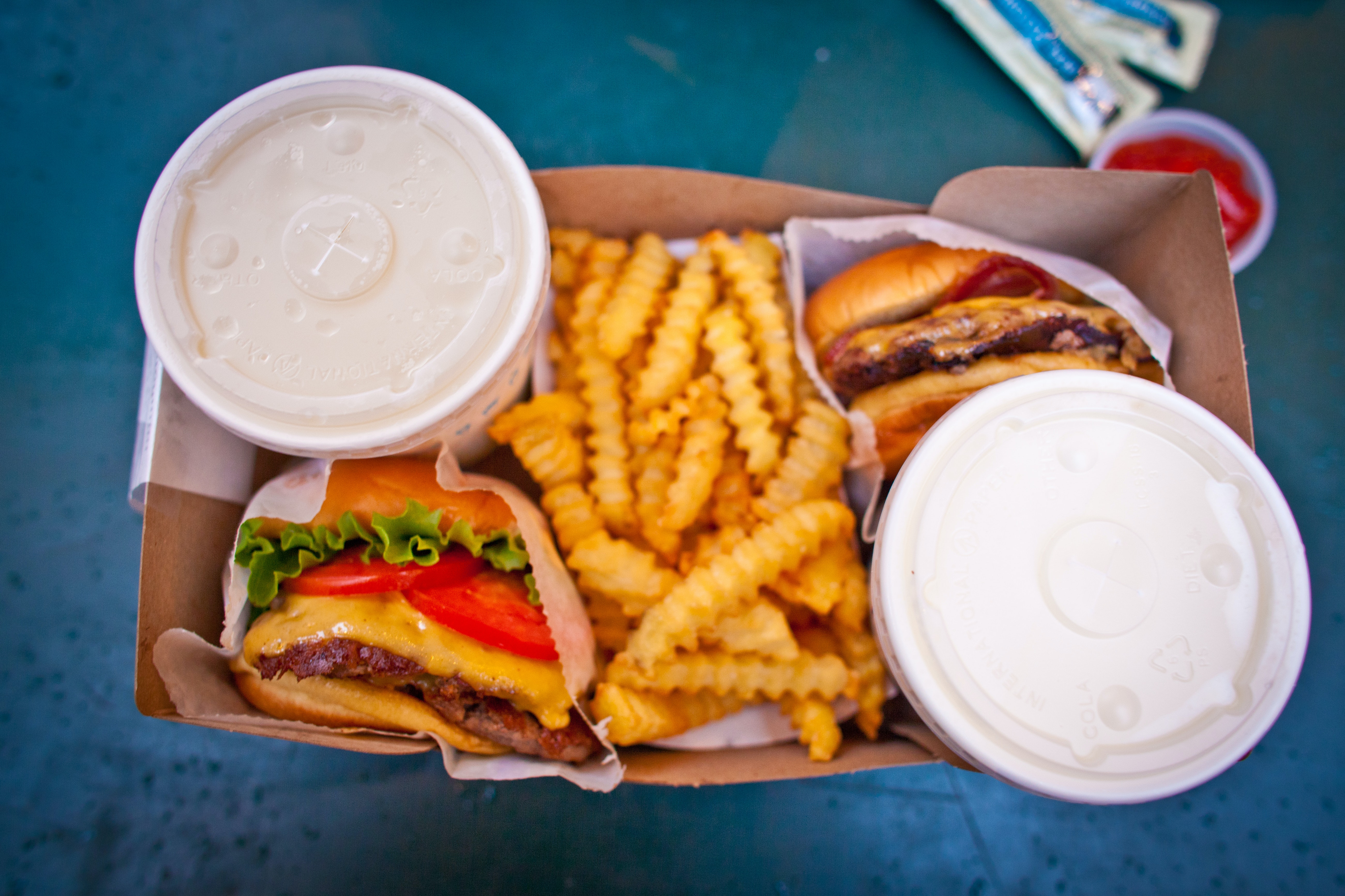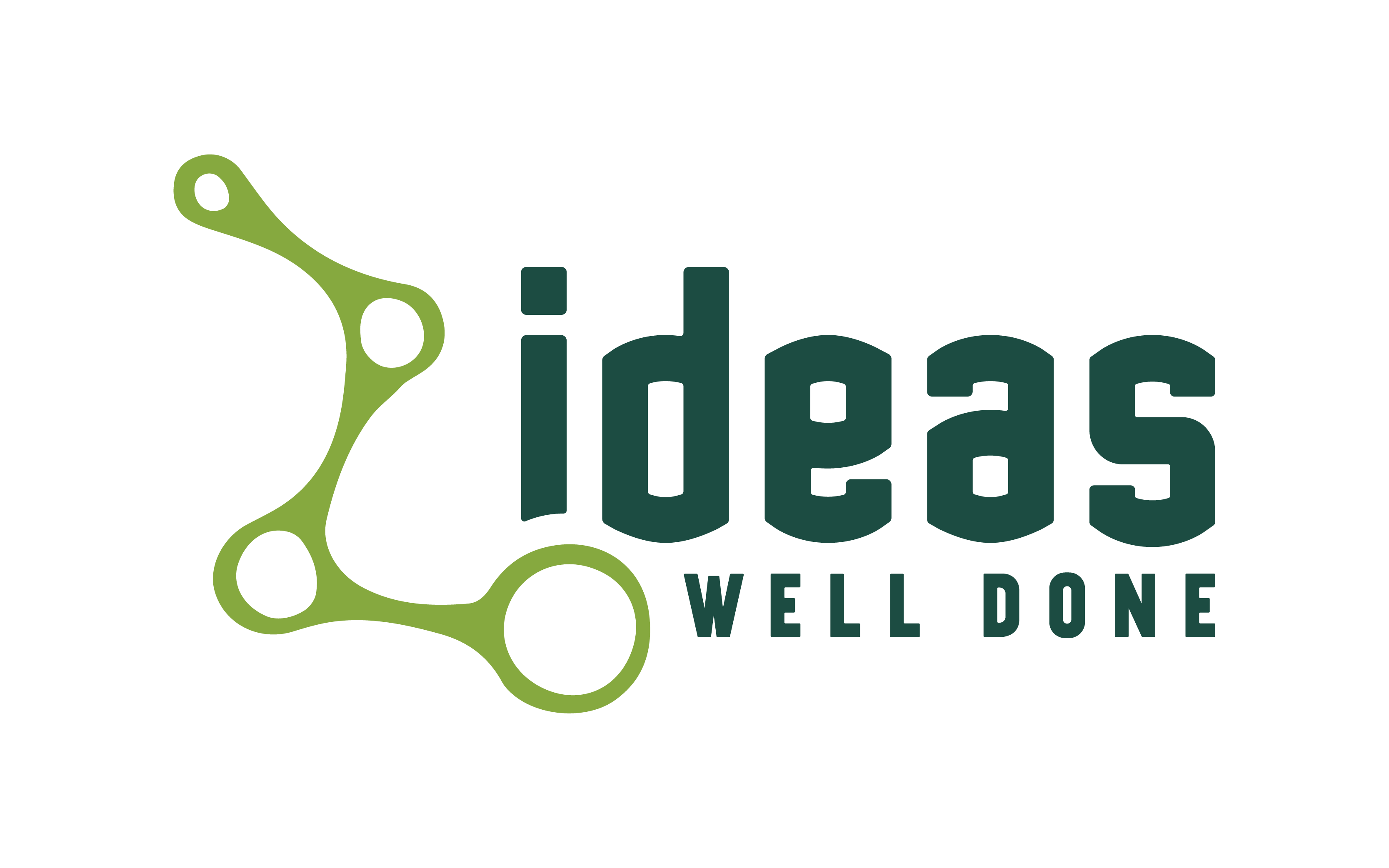If you are reading this article, it is likely that you are interested in implementing food and beverage automation into your business, or you have been tapped by senior management to see to it that it happens. If you are new to automation or research and development (or both) it can seem overwhelming and all but impossible to know where to begin. It is especially difficult when the directive from above is simply, “We need automation.” In this article we discuss how to begin the food and beverage automation journey.



